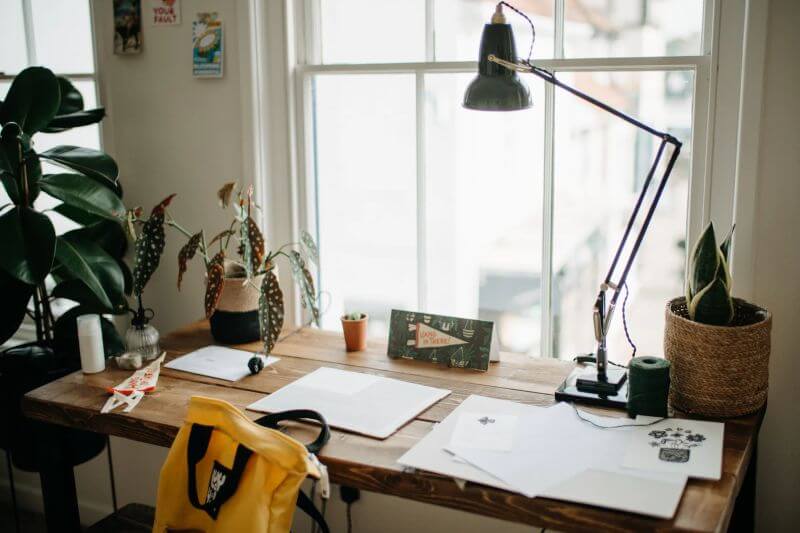
Since the pandemic, many people have experienced the merging of their home and work areas, now making what was once just a living area, feel small. Our LED lighting experts share tips on ways to create adaptable and visibly larger spaces in your home with clever and simple lighting tricks.
Read more for tips like layering lighting, using statement fixtures and light bulbs to influence the mood of a room, and overall creating the illusion of space.
Over the past two and a half years, people have spent more time than ever at home, and this has meant our spaces have had to work harder for serving multiple purposes at once. We’ve also been doing things at home that we’ve not done before, or have done as often, from working to working out.
Plus, for the most part, many people don’t have the luxury of enough space to separate all their activities. However, there are some clever ways to devise adaptable spaces using lighting. Our Lumilum LED lighting specialists share tips on using illumination tricks to create flexible spaces around your home.
Layer Your Lighting
Layering different types of lighting in your living space allows you to create zones for comfort or utility - and even make an impact with design. Consider the functions you need your space to fulfill before choosing the best lighting for you. Overhead lighting is ideal for hard-working spaces like a kitchen or office, where you want to work on tasks without your shadow getting in the way.
If your kitchen also needs to serve as a dining room, or your office as a bedroom, it’s simple enough to use lighting to transform the feel of the space. Small LED light bulbs or spotlights are ideal for bright overhead lighting in a kitchen while under counter LED lights or a pendant light with a dimmer switch can help make a dining space feel more intimate. If you’re using a bedroom as an office space, use lamps around the room to create a more relaxing atmosphere once you’ve finished work for the day.
Bulbs for Different Purposes
Don’t underestimate the impact a good lightbulb can have on your space! The color of your light bulb can instantly change the mood of your room.
Cool, bright bulbs are a perfect fit for the kitchen or "focus" workspaces because they mimic daylight - these bulbs, however, can be harsh on your eyes when you’re looking to relax, so be sure to add in warm tone bulbs in lamps to create a cozy feeling come sunset.
If you have a combined work and living area, it may seem difficult to switch off after a day of work. Habits like turning off your bright overhead lighting and turning on warmly lit lamps is a great way to signify an immediate change in your space’s function. Floor lamps are an ideal solution if you don’t want bright overhead lights on but still want some direct light while you work on tasks.
Make A Statement
A bold lighting choice can really make an impact and help separate the spaces in your home. A bold light over a dining table or kitchen island in an open-plan home not only provides plenty of lighting but can help signify that this is a different zone. In an office space, consider a tall floor lamp, which can offer the brightness of an overhead lamp directly over your workspace without changing up the lighting in the rest of the area.
For a fun and more dynamic option, consider color changing LED strip lights. These work particularly well if you have an alcove dedicated to your desk or dressing table, that you’d like to differentiate from the rest of your space. These lights give you the option of changing the color of your lighting depending on your mood, adding a dazzling wow factor to your space.
Create the Illusion of Space
When a space is meant to fulfill multiple functions, it’s easy for it to feel overcrowded. But great lighting can not only help differentiate between these zones, but also help create the illusion of more space. With some clever design tricks, you can use illumination to distribute more light around the area and make it feel larger than it is.
Use mirrors or shiny surfaces to help reflect light around the area as well. Place mirrors across from lights or at a 90-degree angle for the best results. LED lights in general are especially effective to create the illusion of space because they offer a more direct distribution of light, rather than diffusing it.
Another simple trick for creating the illusion of more space is to have bright walls in the spaces that feel small. Having more light, whether natural or in a fixtures, is complemented by bright walls since they reflect more light and give the impression that the room is uncrowded and open. Dark colors, on the other hand, absorb light, making a room appear smaller.
